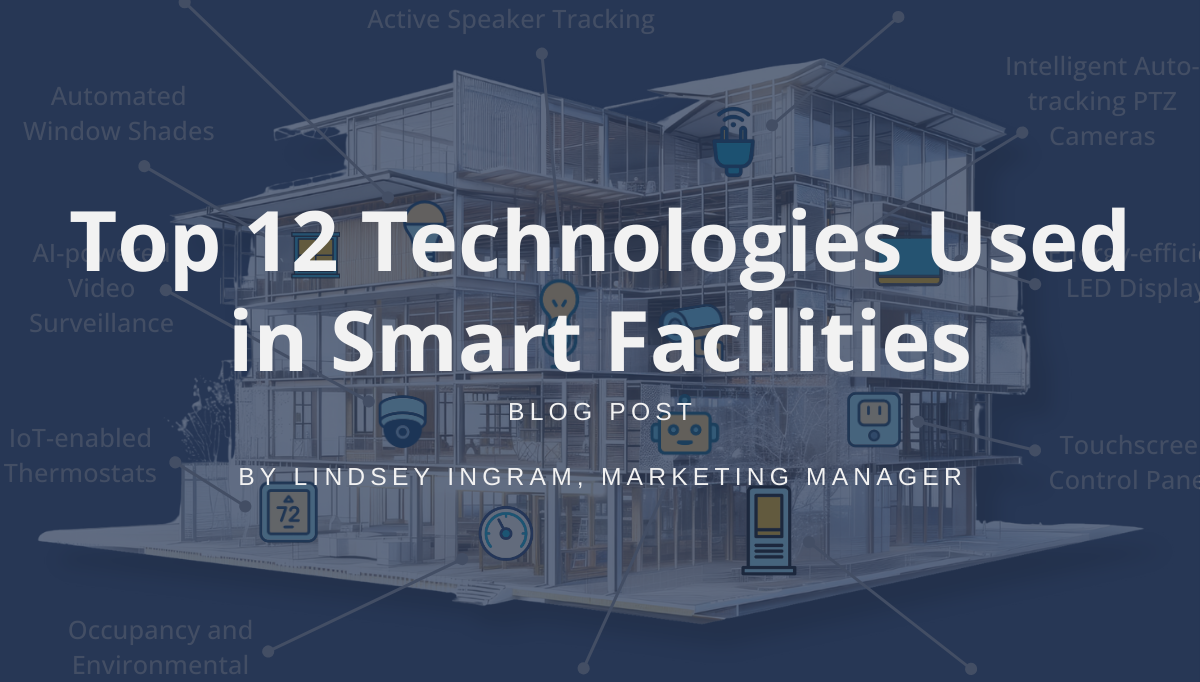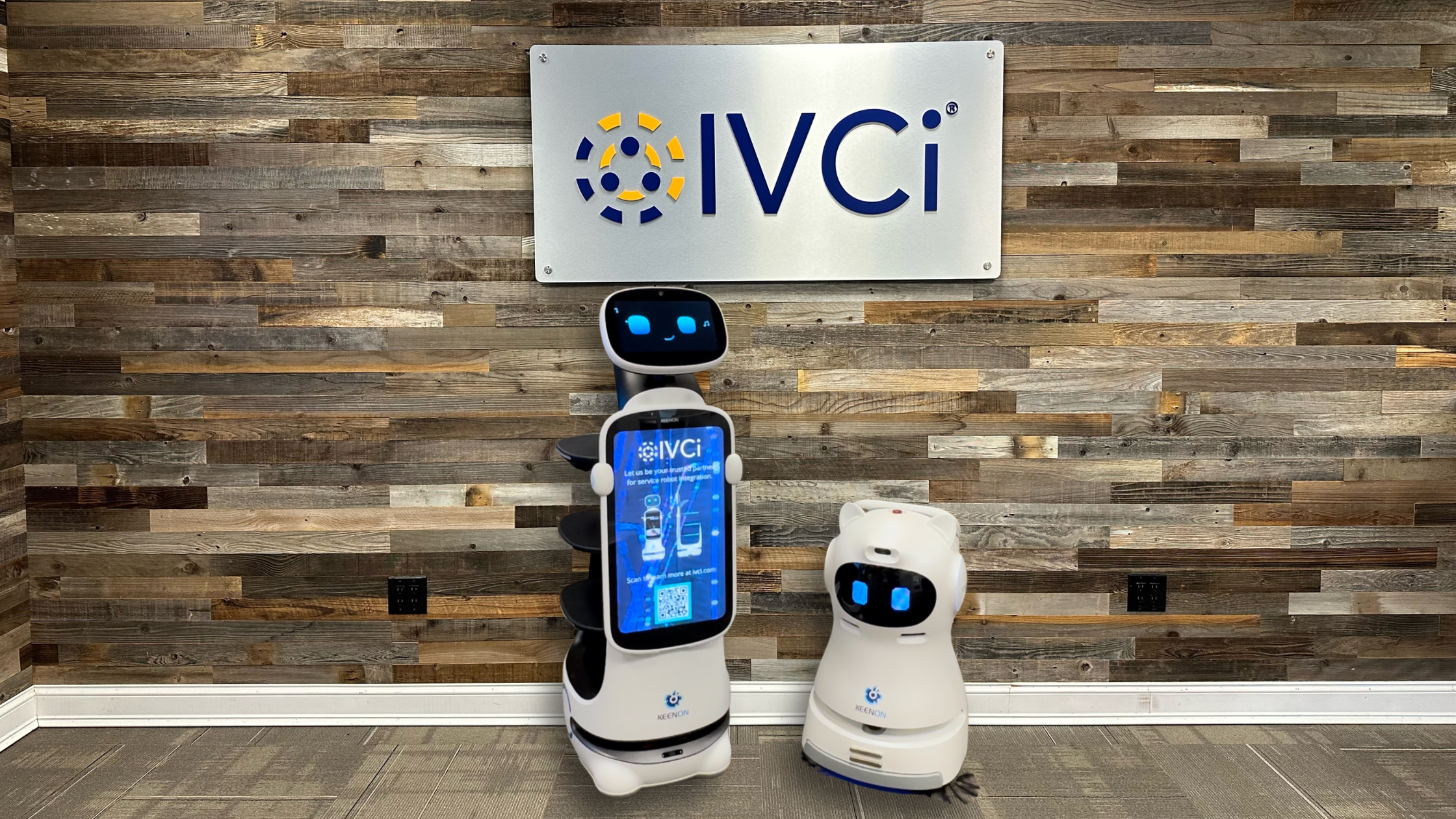There are three main schools of thought surrounding the “return to office” transition many organizations are going through right now:
- Our teams have been working remotely for over a year and it has been working, so we can continue full-time remote work.
- We want our teams to return to the office full time to benefit from in-person meetings and working together.
- Let’s take the best of both worlds and move to a hybrid work model.
The hybrid work model is arguably the most popular for most organizations, since it’s the perfect middle ground. It offers the flexibility that employees enjoy about working from home, with the opportunity to gather in person for meetings or important team projects. It also is a great way to limit building capacity which, although it may no longer be mandatory, is becoming a standard business practice for many companies.
Building A Successful Hybrid Work Model
In order to have a successful hybrid work model, you will have to make sure your teams are prepared with the tools and technology they need to smoothly transition from home to the office and back without losing productivity or efficiency.
Relying on emails and phone calls won’t cut it in today’s fast-paced business world; you need communication tools that are not only mobile, but allow your team to conduct business in the most effective ways. While the approach may be slightly different between working remotely and working in the office, the technology largely overlaps.
What you need in the office – The typical office setup as we’ve always known it has changed permanently because of COVID-19. Now, each office setup needs a way to communicate with remote teammates, vendors, and customers/clients — mainly video conferencing. There’s also a newfound emphasis on touchless technology, like QR scanning and BYOD workstations.
What you need at home – When working remotely, users need a seamless experience that allows them to use the same programs and tools that they use in the office. This means high-quality audio and video setups, cloud-based video platforms, and access to the same support they would receive in the office setting.
What would benefit both – To have video conferencing and meeting setups that work flawlessly for both remote and in-office individuals, it’s important to have them use the same audio video conferencing equipment.
Having an expert AV integrator assess your current hybrid setup and design and implement state of the art technology will help you make sure your organization’s productivity levels stay high. They can also offer the expert support you need to troubleshoot issues and keep your meetings running smoothly.





